
Managing stored passwords is crucial for maintaining online security, especially on devices running Windows 11. With multiple accounts and passwords to keep track of, it’s easy to forget login credentials. Fortunately, Windows 11 provides a built-in feature to store and manage passwords securely.
This article will walk you through the process of finding stored passwords on your Windows 11 device. We’ll cover the necessary steps to access and manage your saved login credentials, ensuring you can retrieve forgotten passwords and maintain your online security.
Understanding how Windows 11 stores passwords is crucial for managing your digital identity. Windows 11 has a sophisticated system to manage and store your passwords securely, utilizing the Credential Manager as a central component.
Windows 11 employs a robust password management system that securely stores your credentials. The Credential Manager plays a key role in this process, acting as a vault for your passwords. It allows you to store, manage, and retrieve passwords for various applications and services.
Windows 11 stores various types of passwords, including:
These passwords are stored securely using encryption and are protected by your Windows login credentials.
By understanding how Windows 11 manages your passwords, you can better manage your digital security and ensure that your sensitive information is protected.
One of the most useful features in Windows 11 is the Credential Manager, which provides a secure repository for passwords. This tool is designed to simplify password management by storing login credentials for various applications, websites, and networks.
To access the Credential Manager, follow these steps: 1. Press the Windows key + S to open the search bar. 2. Type “Credential Manager” and select the top result. Alternatively, you can also find it through the Control Panel under “User Accounts.”
The Credential Manager allows you to view stored web passwords. To do this: 1. Open the Credential Manager. 2. Click on “Web Credentials.” 3. You will see a list of stored web credentials. Click on the arrow next to the credential you’re interested in to view the password.
For Windows Credentials, the process is similar: 1. Open the Credential Manager. 2. Click on “Windows Credentials.” Here, you’ll find credentials related to Windows services and applications.
It’s a good practice to back up your passwords. While the Credential Manager doesn’t directly offer an export feature for all credentials, you can manually record or save the passwords displayed. For a more comprehensive backup, consider using a dedicated password manager that can import Windows credentials.
By utilizing the Credential Manager, Windows 11 users can efficiently manage their passwords, ensuring they are both secure and easily accessible when needed.
Popular web browsers offer built-in password management features to simplify online interactions. Managing passwords effectively is crucial for maintaining security and convenience while browsing the internet.
To access stored passwords in Microsoft Edge, start by opening the browser and clicking on the three-dot menu at the top right corner. Select “Settings” and then navigate to “Profiles” and click on “Passwords.” Here, you will find a list of saved passwords, with options to reveal or delete them as needed.
For enhanced security, consider enabling two-factor authentication for your Microsoft account, which syncs your passwords across devices.
In Google Chrome, accessing stored passwords involves clicking on the three-dot menu at the top right and selecting “Settings.” Scroll down to “Autofill” and click on “Passwords.” You will see a list of saved passwords, along with options to view, edit, or delete them.
Google Chrome also offers the ability to check if your passwords have been compromised, providing an additional layer of security.
To view stored passwords in Mozilla Firefox, click on the three-line menu at the top right and select “Logins and Passwords.” This will open a new tab where you can see a list of saved logins. You can reveal passwords by clicking on the “eye” icon next to each entry.
Mozilla Firefox also allows you to generate strong, unique passwords for new accounts, enhancing overall security.
Effective password management in web browsers involves regularly reviewing saved passwords, removing outdated or unnecessary entries, and ensuring that all passwords are strong and unique. Additionally, consider using a password manager that can sync across multiple browsers and devices for enhanced convenience and security.
By managing browser password settings effectively, you can significantly improve your online security posture.
Windows 11 provides several methods to locate and manage stored passwords for Wi-Fi, email, and apps. This capability is particularly useful when you need to recall a password but can’t remember it.
To retrieve a Wi-Fi network password on Windows 11, you can follow these steps:
Email account passwords are often stored within the email client or app. For instance, in the Mail app on Windows 11, you can manage account settings to view or update passwords.
Many Windows apps store passwords for convenience. For example, if you’re using an app that requires login credentials, you might find the password stored in the app’s settings or within the Windows Credential Manager.
By following these steps, you can efficiently locate and manage your stored Wi-Fi, email, and app passwords on Windows 11, enhancing your overall password management experience.
To take password management to the next level on Windows 11, consider integrating a third-party password manager. These tools offer advanced features that enhance password security and simplify password management across multiple devices.
Several third-party password managers are compatible with Windows 11, offering a range of features to suit different needs. Some of the most popular include:
When choosing a password manager, consider factors such as security features, ease of use, and compatibility with your devices.
Importing existing passwords into a third-party password manager is typically a straightforward process. Most password managers support importing passwords from browsers and other password managers. Here’s a general outline of the steps:
Securing your password database is crucial to protecting your online identity. Use a strong master password, enable two-factor authentication, and regularly update your password manager software to ensure maximum security.
| Security Feature | Description | Importance Level |
|---|---|---|
| Strong Master Password | A unique, complex password that protects your password database. | High |
| Two-Factor Authentication | Adds an extra layer of security by requiring a second form of verification. | High |
| Regular Software Updates | Ensures you have the latest security patches and features. | Medium |
As we’ve explored, Windows11 offers various methods for managing and retrieving stored passwords. From utilizing the Credential Manager to accessing passwords in popular web browsers, taking control of your password security is straightforward.
By understanding how to locate and manage stored passwords, you can ensure that your digital life remains secure. Implementing strong, unique passwords across all accounts is crucial in maintaining robust security.
Effective password management is key to protecting your online identity. By leveraging the tools and techniques discussed, you can simplify the process of managing multiple passwords and enhance your overall security posture.
In conclusion, mastering password management on Windows11 is an essential step in safeguarding your digital presence. Stay proactive in maintaining strong password hygiene to enjoy a more secure computing experience.
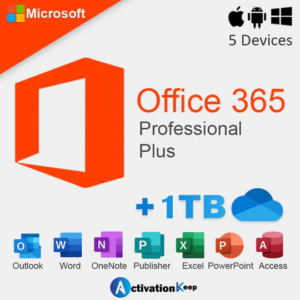
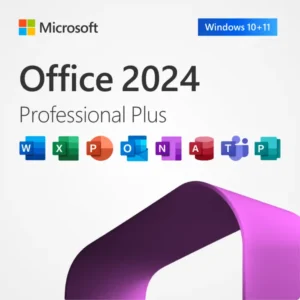
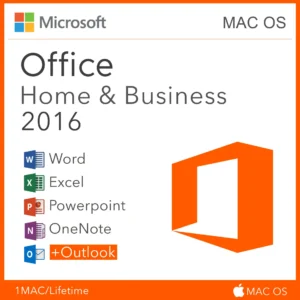

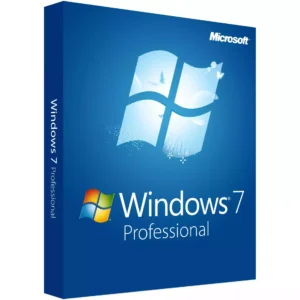
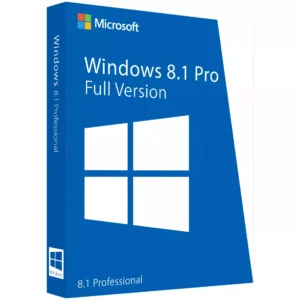
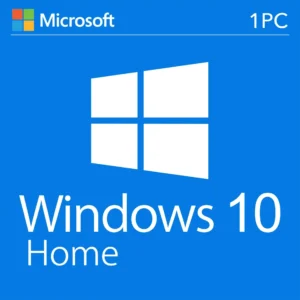
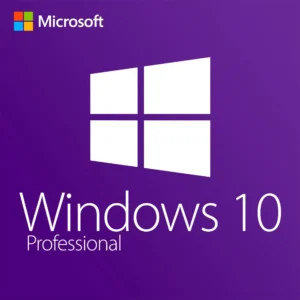


At Activation Keep, we are striving to become the top online store for software, a one-stop shop for digital downloadable products
Activation Keep designed by Activation Keep LTD
© 2025 Activation Keep | Microsoft Certified Partner | Activation Keep LTD | Company N: 14725825 | – All rights reserved
